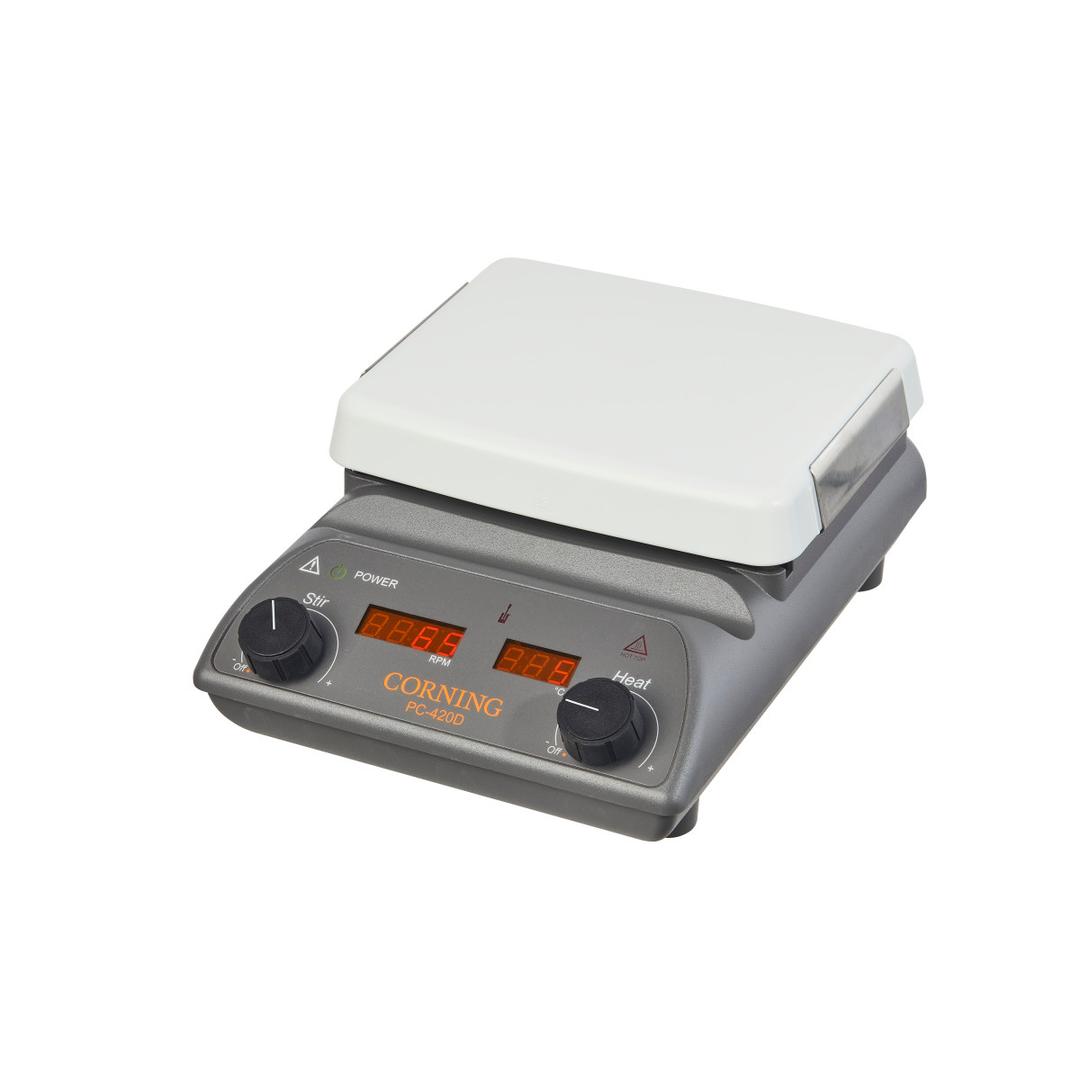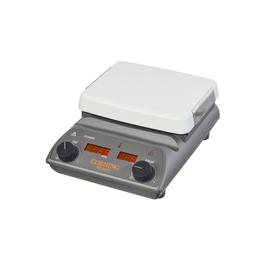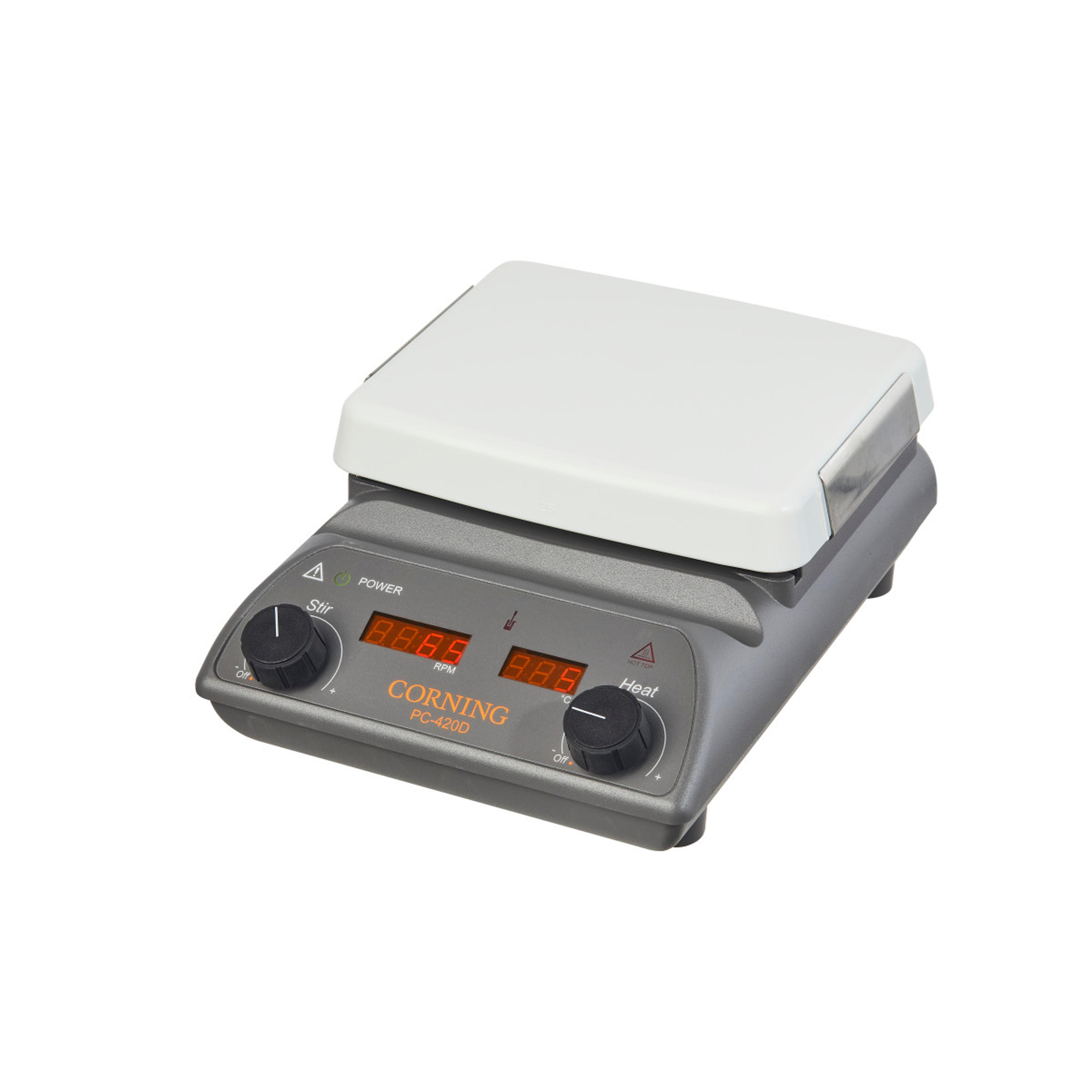Corning® 5 x 7 Inch Top PC-420D Stirring Hot Plate with Digital Displays, 120V/60Hz
The Corning® PC-420D stirring hot plate has a 5 x 7 (12.7 x 17.8cm) Pyroceram® top and digital temperature and stirring speed displays. Designed to operate on 120V/60Hz with standard US three-prong plug for use in North America and other areas with similar electrical requirements. A Model PC-420D is shown to the left with optional temperature controller and support rod (Cat. No. 440129). Both products can be purchased separate…

The supplier does not provide quotations for this product through SelectScience. You can search for similar products in our Product Directory.
The Corning® PC-420D stirring hot plate has a 5 x 7 (12.7 x 17.8cm) Pyroceram® top and digital temperature and stirring speed displays. Designed to operate on 120V/60Hz with standard US three-prong plug for use in North America and other areas with similar electrical requirements. A Model PC-420D is shown to the left with optional temperature controller and support rod (Cat. No. 440129). Both products can be purchased separately or as part of an accessory kit (Cat. No. 6795KIT).
- 2 year warranty
- UL and cUL approved
- For information on repairs or replacement parts, please contact Corning customer Service or your Authorized Repair Facilities.
Performance Features:
- Microprocessor maintains consistent and repeatable temperature settings from 5°C (if ambient temperature is 0°C or lower) up to 550°C.
- Digital LED temperature display is adjustable in 5°C increments and blinks until set temperature is reached.
- Optional external temperature controller (Cat. No. 6795PR) truly controls temperature inside the vessel.
- PC-420D is also available in a kit with temperature controller and other accessories. See Cat. No. 6795-420KIT.
- Exclusive closed-loop stirring control monitors and regulates the stirring speed from 60-1150 RPM for aqueous, viscous, or semi-solid solutions.
- Stronger, larger magnet improves stir bar coupling combined with automatic ramp up speed adjustment minimizes decoupling.
"



